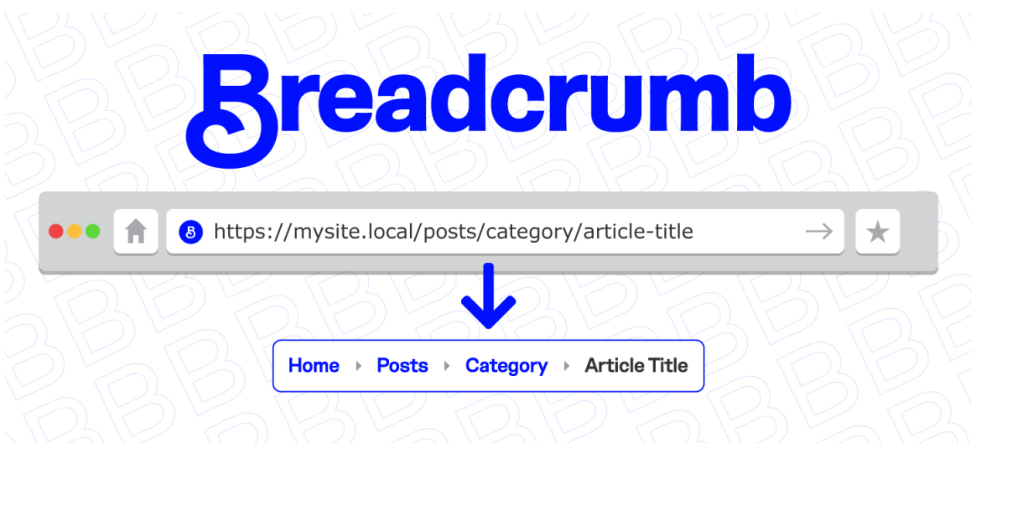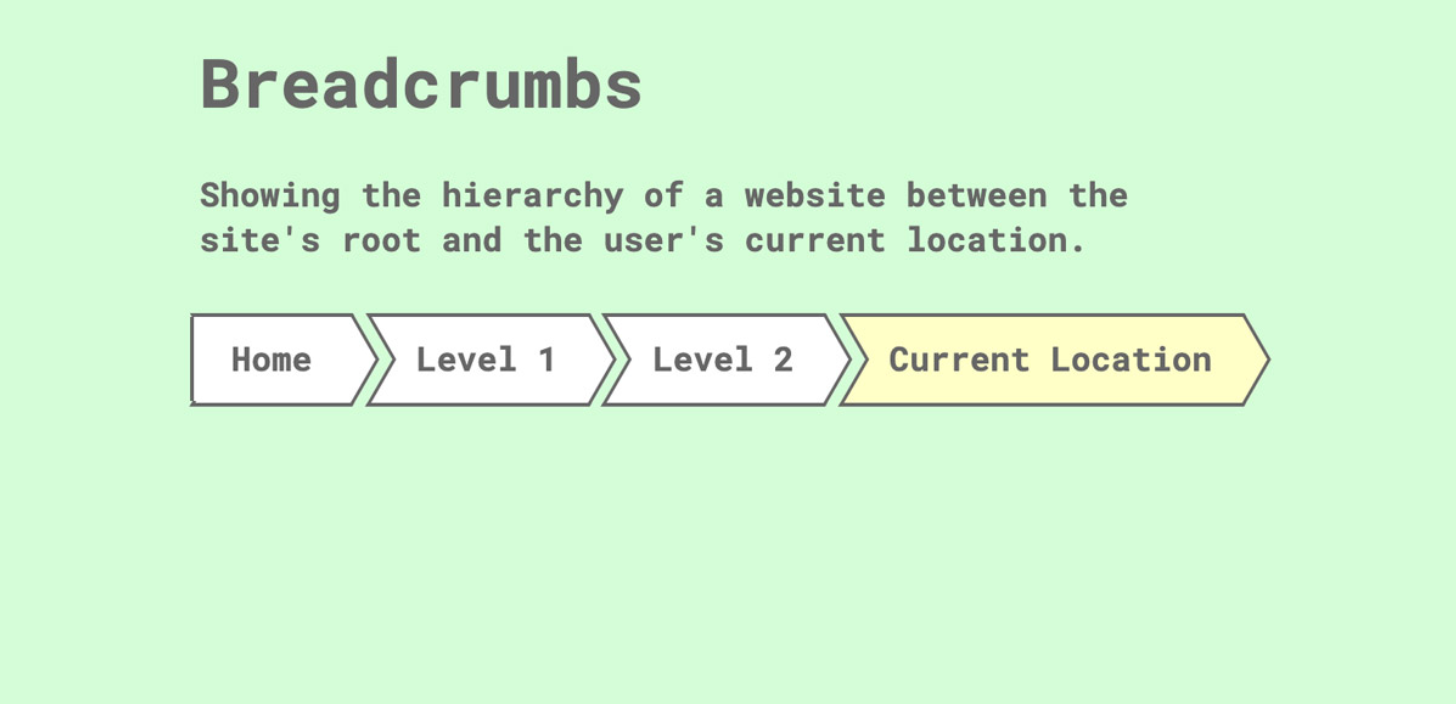Search engine optimization plays a crucial role in determining a website’s success. One aspect of SEO that often gets overlooked is breadcrumb navigation. Breadcrumb navigation is a website navigation technique that enhances user experience by providing clear and easy-to-follow paths within a website. Breadcrumb navigation can also contribute to improved search engine visibility. Explore Breadcrumb navigation strategies for SEO, exploring its benefits, implementation techniques, and best practices.
What is Breadcrumb Navigation?
Breadcrumb navigation is a hierarchical navigation system that displays the user’s current location on a website. It typically appears at the top of a webpage and provides a clear path of how the user arrived at the current page. Breadcrumb navigation takes its name from the Hansel and Gretel fairy tale, where the siblings left a trail of breadcrumbs to find their way back home.
Benefits of Breadcrumb Navigation for User Experience
A user-friendly website is more likely to attract and retain visitors. Breadcrumb navigation contributes to a positive user experience in several ways.
1. Enhanced Navigation
Breadcrumbs provide users with a clear path to their browsing journey, enabling them to navigate easily and backtrack to previous pages.
2. Reduced User Effort
By displaying the user’s location within the website’s structure, breadcrumbs save users from repeatedly clicking the back button or relying solely on the website’s main navigation.
3. Improved Orientation
Breadcrumbs offer users a sense of orientation within a website, allowing them to understand their location in relation to the overall site structure.
4. Increased Trust and Credibility
Breadcrumb navigation gives the impression of a well-organized and user-centric website, which can positively impact user trust and credibility.
Importance of Breadcrumb Navigation for SEO
While breadcrumb navigation primarily enhances user experience, it can also have a positive impact on SEO. Search engines recognize and analyze breadcrumbs, incorporating them into their ranking algorithms. Here’s how breadcrumb navigation can contribute to your website’s SEO efforts.
1. Keyword-rich Anchor Text
Breadcrumb navigation typically includes relevant keywords as anchor text for each level of the hierarchy. This provides search engines with additional context and helps improve keyword relevance.
2. Internal Linking
Breadcrumbs often contain clickable links that direct users to higher-level pages. This internal linking structure facilitates search engine crawling and indexing, ensuring that all pages receive proper visibility.
Improved Site Structure
Implementing breadcrumb navigation encourages website owners to review and improve their site’s overall structure. A well-organized site structure contributes to a better user experience and makes it easier for search engines to understand and index content.
Breadcrumb Navigation Strategies for SEO

1. Choosing the Right Breadcrumb Format
There are three common breadcrumb formats.
Location-Based Breadcrumbs
These breadcrumbs indicate the user’s location within the site hierarchy. For example, Home > Category > Subcategory > Page.
Attribute-Based Breadcrumbs
Attribute-based breadcrumbs display the attributes or properties of the current page. For example, Home > Color > Blue > Size > Large.
Path-Based Breadcrumbs
Path-based breadcrumbs showcase the user’s navigation path, including the actual page names. For example, Home > Products > Product Name.
When selecting a breadcrumb format, consider your website’s structure, content, and user expectations to choose the most suitable option.
2. Implementing Schema Markup for Breadcrumbs
Schema markup is a structured data format that provides search engines with additional information about a webpage’s content. Implementing schema markup for breadcrumbs can further enhance their visibility in SERPs. By using the “BreadcrumbList” schema, you can provide search engines with detailed information about the hierarchy of your website. By implementing schema markup, you provide search engines with a clear understanding of your website’s hierarchy, improving your chances of appearing in relevant search results.
3. Optimizing Breadcrumb Text and Structure
To maximize the SEO potential of breadcrumb navigation, it is crucial to optimize the text and structure.
Use Relevant Keywords
Incorporate relevant keywords in the breadcrumb anchor text to reinforce the page’s topic and improve keyword relevance.
Keep it Concise
Breadcrumb navigation should be concise and scannable. Avoid lengthy phrases or redundant information, as it may clutter the navigation path.
Use Separators
Clearly distinguish the levels of the breadcrumb hierarchy using appropriate separators, such as arrows (>) or slashes (/).
4. Testing and Monitoring
After implementing breadcrumb navigation, it’s important to monitor its performance and make adjustments if necessary. Use web analytics tools to track user behavior and assess the impact of breadcrumb navigation on user engagement, time on site, and conversion rates. Make data-driven decisions to optimize your breadcrumb navigation strategy continuously.
FAQ
What is the primary purpose of breadcrumb navigation?
The primary purpose of breadcrumb navigation is to enhance the user experience by providing clear paths within a website and enabling users to understand their current location within the site structure.
Does breadcrumb navigation have a direct impact on SEO?
While breadcrumb navigation is primarily focused on user experience, it can indirectly impact SEO by improving internal linking, keyword relevance, and site structure, which are all factors that search engines consider in their ranking algorithms.
Can I implement breadcrumb navigation on all types of websites?
Yes, breadcrumb navigation can be implemented on various types of websites, including e-commerce sites, blogs, corporate websites, and more. It is particularly beneficial for websites with deep hierarchies and extensive content.
Should I include breadcrumbs on every page of my website?
It is recommended to include breadcrumbs on every page, except for the homepage. This ensures consistent navigation throughout the website and allows users to easily backtrack or explore related content.
Are there any SEO considerations when choosing a breadcrumb format?
When choosing a breadcrumb format, consider your website’s structure, content, and user expectations. Ensure that the chosen format allows for the inclusion of relevant keywords in the anchor text.
How can I measure the effectiveness of breadcrumb navigation?
You can measure the effectiveness of breadcrumb navigation by tracking user behavior through web analytics tools. Monitor metrics such as user engagement, time on site, and conversion rates to assess the impact of breadcrumb navigation on your website’s performance.
Conclusion
In SEO, every element of a website’s design and structure contributes to its success. Breadcrumb navigation, with its ability to enhance user experience and improve search engine visibility, should not be overlooked. By implementing effective breadcrumb navigation strategies, optimizing the text and structure, and monitoring its performance, you can create a website that provides a seamless browsing experience while increasing your chances of ranking higher in search engine results. Embrace the power of breadcrumb navigation and take your SEO efforts to new heights.

